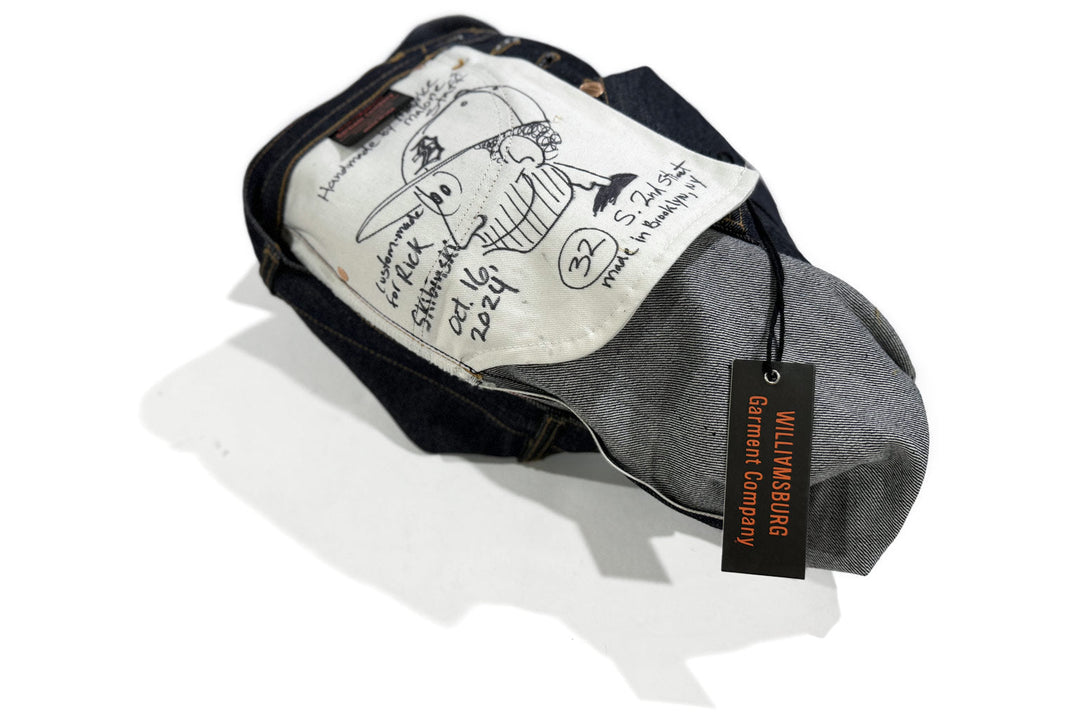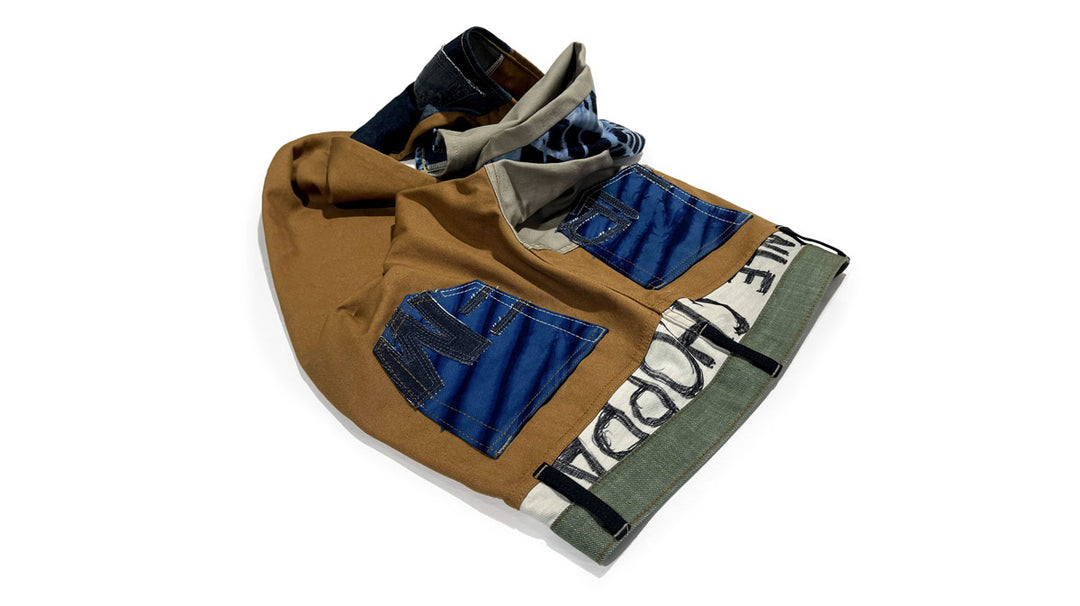Nearly, "Fresh, Fly, Fabulous: Fifty Years of Hip Hop Style" Exhibition

From right to left Maurice Malone, April Walker, Kenya Abdul-Hadi, Kiki Peterson and Bariq Cobbs
I went to the Fashion Institute of Technology (F.I.T.) museum to see the "Fresh, Fly, Fabulous: Fifty Years of Hip Hop Style" exhibition open. I knew it was coming months ago, but it sneaked up on me, and the opening day would have passed me by if I hadn't received an invitation from the good people at Lee Jeans.
I took my 10-year-old daughter to the exhibition so she could see her dad's work on display. We saw a lot of hip-hop memorabilia, and some brands on display that had no relevance to the culture, and missing along with my own brands were others that I also expected to see that contributed to the rich history of hip-hop. I thought maybe I didn't see anything because my daughter wasn't feeling well, and she rushed me out. However, after asking around, I realized it probably wasn't there. 20 years can pass, and favors and politics still remain the same.
Overall, I found the exhibition to be a predictable blend of hip-hop style and design history. Most importantly, it was amazing to see so many familiar industry faces. As a designer who has contributed significantly to the design side of hip-hop fashion history, I came away with the impression that there is a clear distinction between the stories of hip-hop style and design that I'd like to see separated, because each side has its own deserving, unique, and intriguing stories.
The story of hip-hop style usually gets the most attention because it has a longer and well-told history. Hip-hop style reflects the personal tastes of celebrities and their fans. It started in the east and spread quickly to the west coast and the rest of the world. Initially, there were no designers, only DJs, rappers, dancers, and fans with their own distinct styles. The culture chose the brands at the start of hip-hop. There were no brands that were created specifically for or inspired by the culture.
Dapper Dan made his impact in the 1980s. Using the appeal of well-known luxury designer brand logos, he created "knock-off" outfits that fused street and luxurious lifestyles. An ascension to luxury acceptance that would take hip-hop decades to achieve had begun.
The design side of the story is the phenomenon that began around 1989–1990. This is where young designers and merchants began to develop and manufacture their own clothing. Cross Colours is remembered as the first to make a significant impact, but brands were being established locally and going national in cities such as New York, Chicago, Los Angeles, Toronto, and my hometown, Detroit.
Even though I was overlooked for the exhibition, I was happy to go to the opening and recommend that everyone else do the same. The next day, I was delighted to discover that my contribution to hip-hop's rich history had been mentioned in a New York Times article about the history and exhibition on February 8, 2023. After all, anyone who conducts unbiased research on hip-hop fashion history will usually find that I'm a major player.









Leave a comment